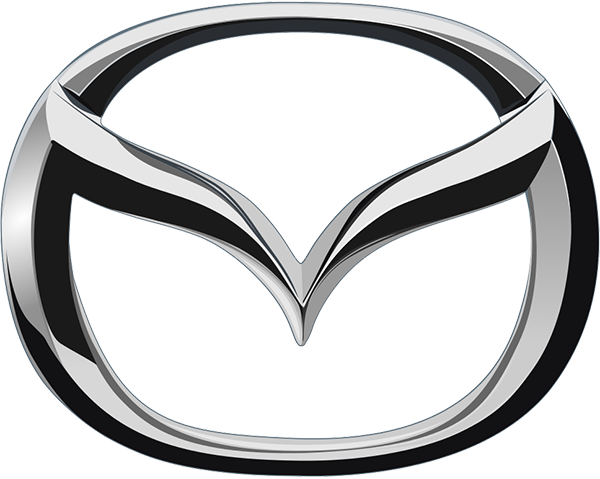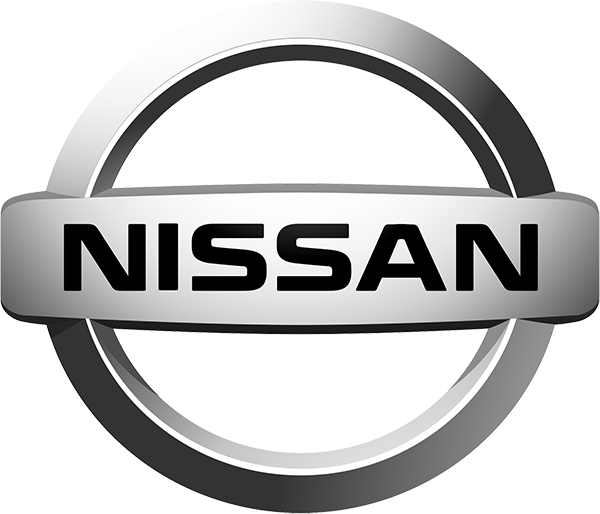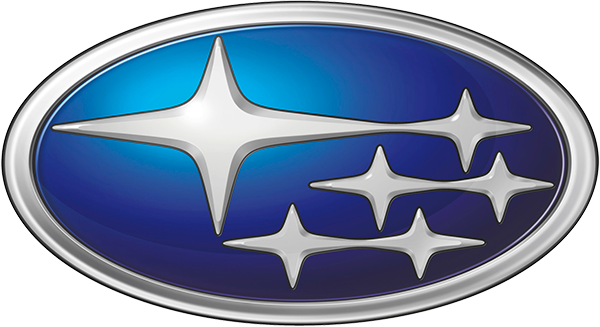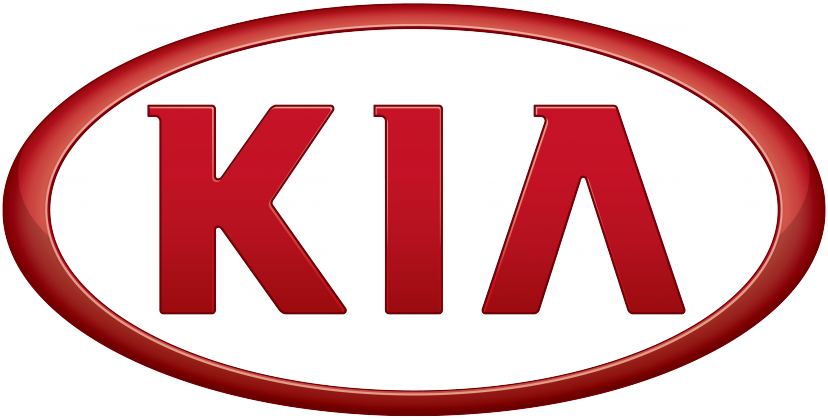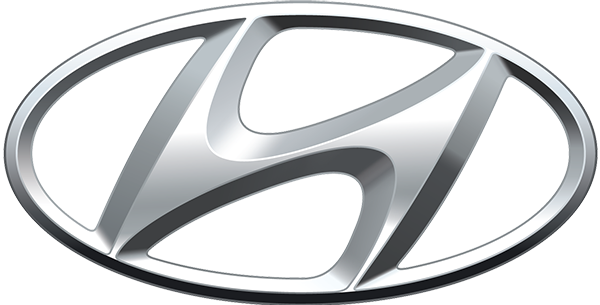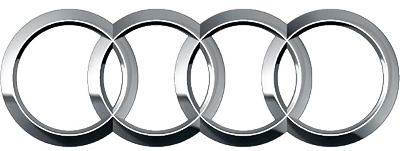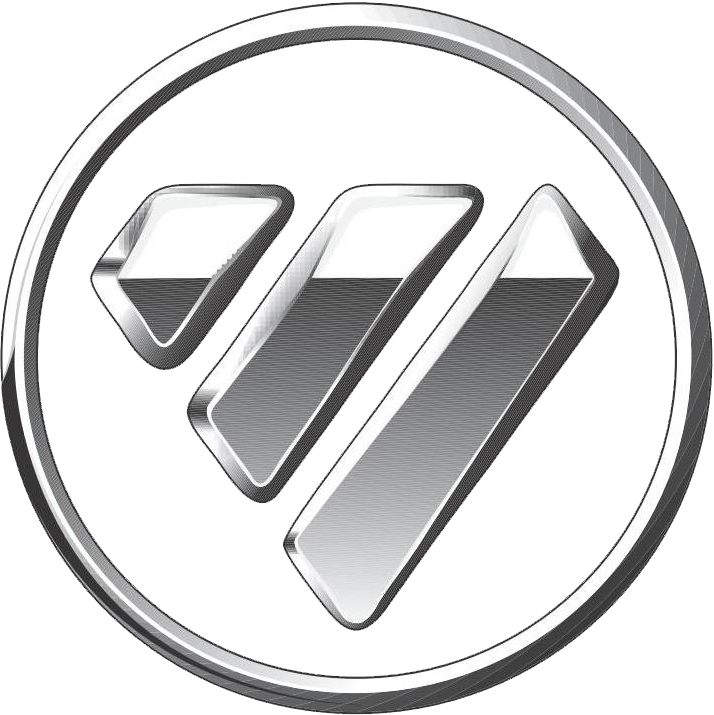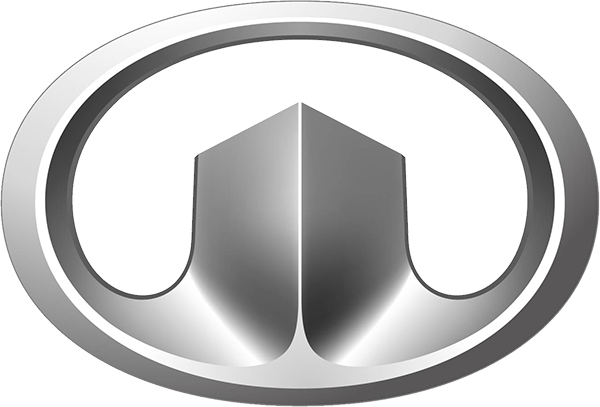Few innovations in the history of automobile safety have delivered the convenience and peace of mind that run-flat tires do. With the help of these cutting-edge tires, drivers can reach safety without having to change their tires right away because they are made to maintain a vehicle’s mobility even after a puncture. This article explores the definition of run flat tires, their background, their operation, and the three primary varieties available, along with the prominent brands in the industry.
What Are Run Flat Tires?
Run-flat tires are a special kind of tire that has internal support systems or strengthened sidewalls that let them maintain the weight of a car for a short while even after they have completely lost air pressure from a puncture or leak. In the event of a blowout, the ability to run flat gives drivers the advantage of keeping control of their car and eliminates the need to change tires in hazardous or awkward situations, like on crowded highways or in bad weather.
A Brief History of Run Flat Tires
Several patents for tires that could function without air were filed in the early 20th century, which is when the idea of run-flat tires first emerged. Initially, the technique found a niche in military applications where maintaining vehicle mobility was essential. In the 1930s, run-flat tire designs that used specialty foams and other materials to offer support began to appear. These tires could operate on air for brief periods of time. Nevertheless, run-flat tires weren’t made widely accessible for consumer use until the 1980s. Since then, the technology has advanced and is now a crucial component of the safety features that many premium automobile manufacturers provide.
How Run Flat Tires Work
The strong structure of the run-flat tire is the key to its ability to function without air. Run-flat tires are constructed with reinforced sidewalls that are usually made of durable, heat-resistant rubber materials. This is in contrast to ordinary passenger car tires, which depend solely on air pressure to keep their shape and support the weight of the vehicle. The purpose of these sidewalls is to support the car even in situations where the tire pressure decreases, keeping the car from collapsing and allowing it to keep going.
These tires’ engineers gave significant thought to heat dissipation and load distribution. The car’s weight is transferred to the strengthened sidewalls when a run-flat tire loses pressure. Run-flat tires use heat-resistant materials and structural designs that allow for some flexibility without sacrificing strength to manage the extra heat produced by friction and to keep the sidewalls from collapsing under this increased pressure.
The Three Types of Run Flat Tires
Run flat tire technology is primarily categorized into three types, each with a unique internal mechanism to provide run-flat capability:
Self-Supporting Tires – In consumer cars, self-supporting run-flat tires are the most prevalent kind. A strengthened sidewall construction is their primary characteristic. Self-supporting run flat sidewalls are constructed to be far more stiff than regular tires, whose sidewalls are primarily intended to flex and absorb shocks while retaining the tire’s shape. The layers of heat-resistant rubber and reinforcing components that are strong enough to support the weight of the car even in the absence of air pressure give it its rigidity. Ensuring that these tires can hold the weight and have enough give to absorb road irregularities and provide a comfortable ride is the engineering task at hand. Even though they weigh more than standard tires, many drivers prefer them because of how convenient they are in the event of a puncture.
Support Ring Tires – Support ring run flat systems employ an alternative methodology. These tires have a stiff material ring that fits inside the tire and is linked to the wheel, usually made of hard rubber or composite, instead of depending just on the sidewalls of the tire. If the tire loses pressure, this ring is meant to hold the weight of the car. This technology is a popular option for larger cars since it has the ability to withstand heavier weights and offers a more steady ride after a puncture. The disadvantage is that installing the support ring system can be more difficult and call for specific tools or wheel configurations.
Auxiliary Supported Tires – With one important exception, the auxiliary supported run flat system, sometimes referred to as an insert system, has an extra support ring. In contrast to support ring tires, the auxiliary ring in this kind of system is a distinct construction that usually fastens to the wheel rather than being a component of the tire itself. In the event of an air loss, this supplementary support mechanism keeps the tire off the rim. This design’s ability to work with a wider variety of tire sizes and types is one of its main advantages. But because of the potential weight and complexity gain from the extra parts, this method is usually only utilized in certain situations (such armored cars or the transportation of valuable cargo) where tire failure is intolerable.
These run-flat tire solutions all have some trade-offs but also unique benefits. Convenient and widely accessible self-supporting tires, sturdy support ring tires that ensure a steady ride even after deflation, and superior support in crucial situations are all provided by auxiliary supported tires. These methods might develop or even merge as technology advances in an effort to make run-flat tires lighter, more effective, and more adaptable to a variety of vehicle types and road conditions.
It is important to take these types into account when choosing a run-flat tire and pick the one that best fits your car and driving requirements. The design of each type has taken particular situations into consideration, so choosing the right one can significantly improve both your driving experience and safety while driving.
The Top 3 Run-flat Tire Brands
A number of brands have established themselves as leaders in the run-flat tire market by offering dependable, superior goods. The top three companies that are well-known for providing run-flat tires are as follows:
- Bridgestone – Another significant player is Bridgestone, which provides a large selection of run-flat tires for a variety of car makes and models. Notable for striking a balance between the advantages of run-flat technology and the ride comfort that drivers seek is their DriveGuard line.
- GITI Tires – Within the run-flat tire market, GITI Tires has become a formidable competitor. The Giti Control P80 is their best brand because of their well-received dedication to balancing affordability, performance and quality, GITI is now the preferred option for drivers looking for dependable run-flat alternatives that don’t break the bank.
- Michelin – In the run-flat tire business, Michelin has been a pioneer, and customers favor its Pilot Sport line of tires. The company is renowned for emphasizing both performance and safety, always setting the standard for tire design and technology.
In summary
Run-flat tires represent a major improvement in terms of convenience and safety for cars. They have advanced greatly from their military beginnings to becoming contemporary passenger cars, giving drivers an extra degree of security and increasing their confidence in handling emergencies. Making educated judgments regarding their tire purchases is made easier for customers when they are aware of the many types of tires and the mechanics underlying them. As technology develops, run-flat tires should become increasingly more effective and accessible, pushing the limits of car safety technology.





